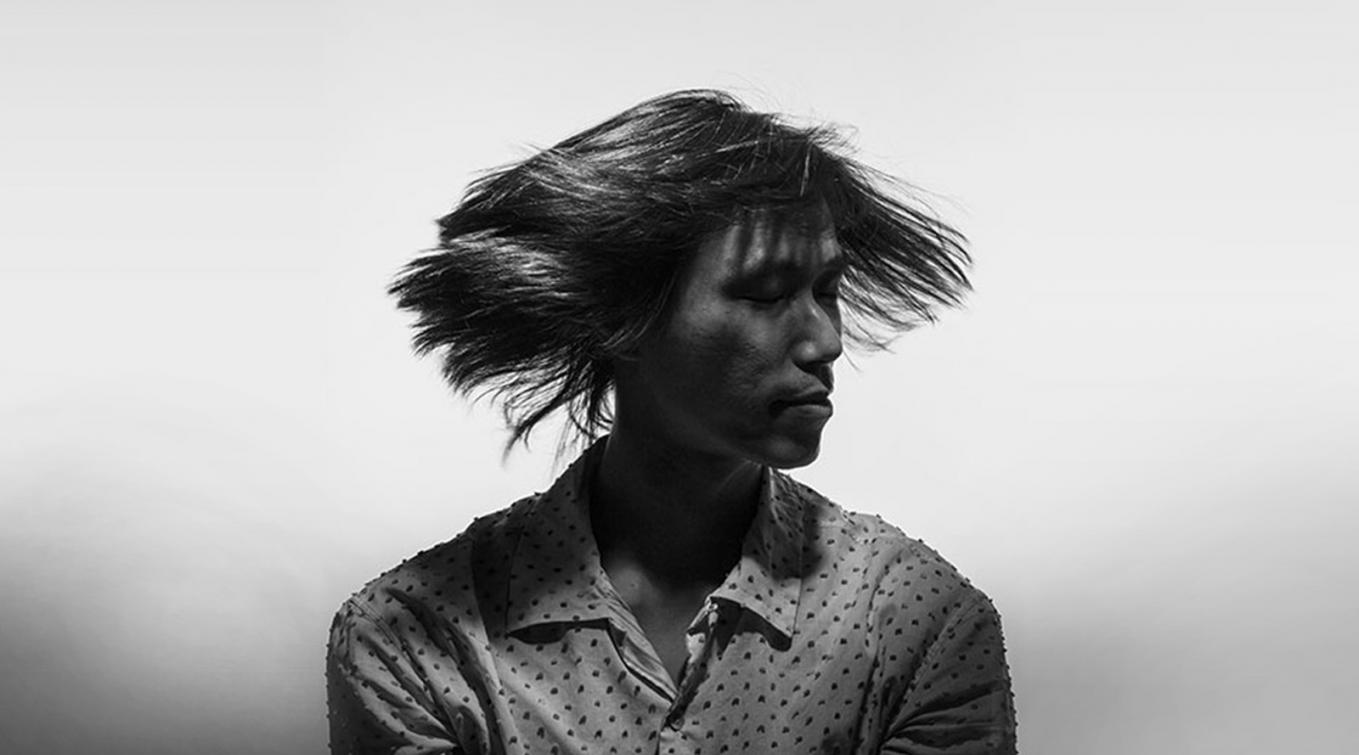Contemporary dance is more about primal instincts than plot progression, explains dancer/choreographer Lee Mun Wai.
It’s true that some freelance artists would like the stability of belonging to a company. But after being with T.H.E Dance Company for seven years, I felt it was time to cut the cord. I appreciate my time there, and they were often very generous with me. But they’ve developed a very clear, solid identity and branding, which, while good, meant I had to shelve many of my own ideas that didn’t fit that vision. Our very heavy seasons meant that we were always working on different performances, and I felt myself settling into this very product-driven mindset. I was accumulating all this choreography but not digesting it.
The moment I left, I started working on a small, ongoing research project with fellow dancer Kiran Kumar. We were just trying to break down our habits and processes, and better understand how we work as artists. It did result in a small-scale performance, but generally, this project doesn’t aim for any product.
Currently, I’m trying to remove as much of what I’ve accumulated from the company as I possibly can, to find what was originally my own voice, and what is it exactly I want to say in my art. I don’t necessarily know what this is yet, but part of the interesting thing of going independent is realising how little that was said was my own.
One clarification about dance ‘saying something’ — yes, choreography is always ‘about’ something, but the ‘about-ness’ many Singaporeans are used to comes from soap operas, stories with logical narratives, like ballet. They come to a contemporary dance show and think it’s going to be about boy meets girl, and then girl dies…. But contemporary dance doesn’t have a ‘meaning’ in that sense; it doesn’t follow plot progression. Instead, it goes back to very primal instincts, using bodies in motion to help the viewer access his/her own physical repository of memories. They remember that time they felt something so strongly and there was a strong physical response, like when they lost a loved one. Dance communicates on a physical, rather than cerebral level, and that’s something other art forms don’t have, especially those that rely on words and text.
Of course, does that mean that if text is involved, it’s not dance? I’m still trying to find that limiting point of the word ‘dance’, which has become very rubberised for me. I’ve always liked to work with text. When I was in school I was involved in music and some acting as well, and having experienced all three helped me become the performer I am. We divide and subdivide performance arts intro genres, but they all have a common essence.
I suppose what I’m primarily exploring now, as a freelancer, is this idea: What is the essence of performance? Is it just movement that makes dance electrifying, and does that also hold true with theatre or music? I’m meeting and collaborating with artists from other fields to see how they work, what other bodies do to prepare themselves to go onstage and work that magic.
Of course, I still dance and choreograph regularly — just independently. It means I have less studio space than when I was a full-timer, but I’ve been dancing at the basketball court of my community centre and it’s perfectly fine. I’m in a good place.
LEE MUN WAI is a dancer/choreographer and Young Artist Award recipient. He received contemporary dance training at LASALLE College of the Arts in Singapore and the Hong Kong Academy for Performing Arts, both under scholarship. He has worked with several notable choreographers including Xing Liang, Kim Jae Duk and Robert Tannion. As a founding member of T.H.E Dance Company, Lee has choreographed numerous pieces for the troupe, and performed in all the company’s works till going independent in October 2015.




